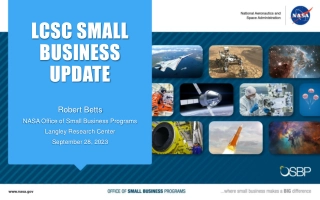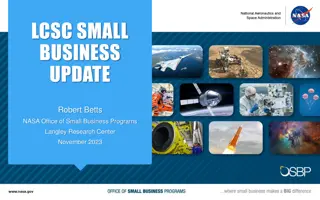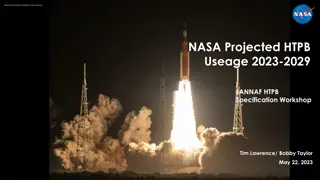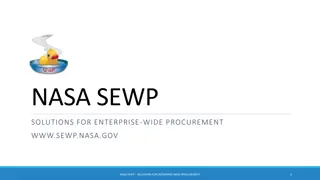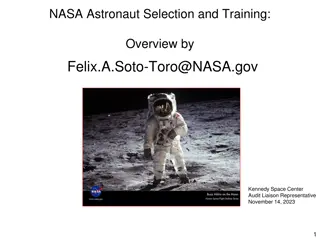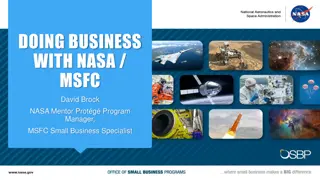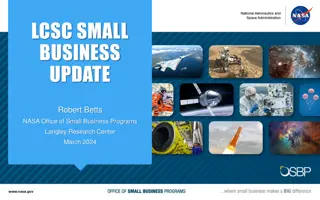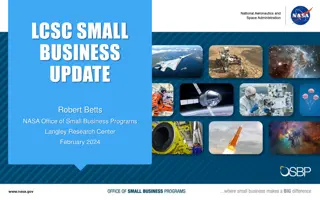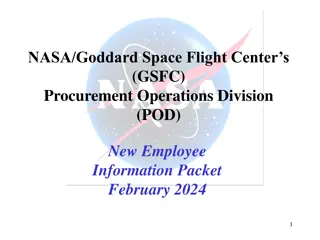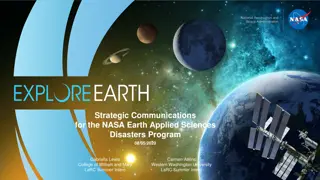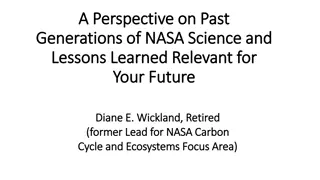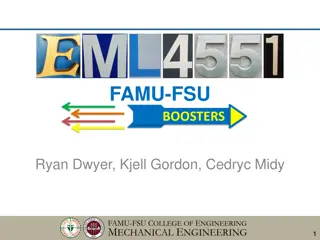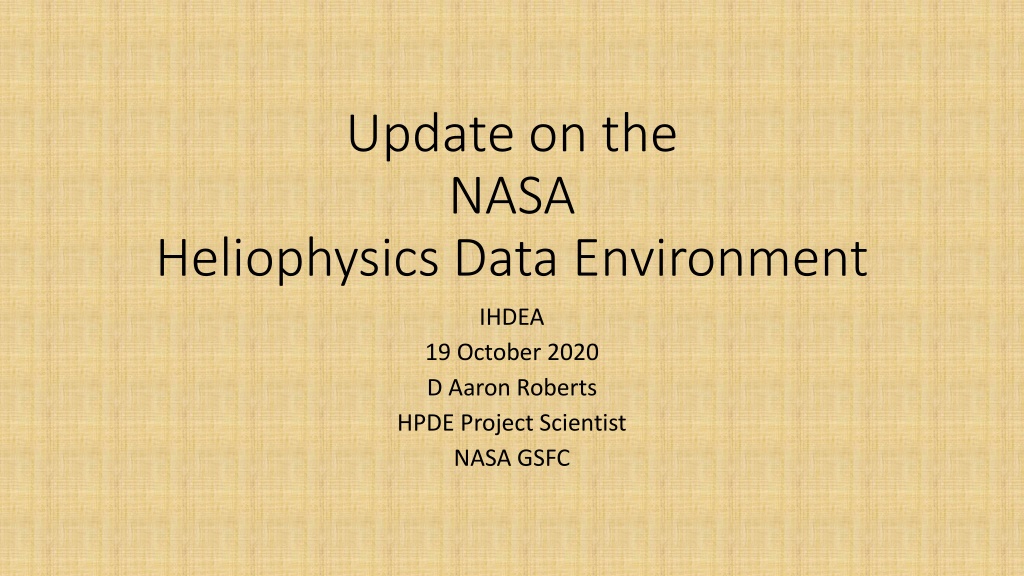
Recent Updates on NASA Heliophysics Data Environment
Explore the latest developments in NASA's Heliophysics Data Environment as of October 19, 2020, including data ingestion from various missions, data formats, metadata registration, access methods, and continuing services in the field of heliophysics research.
Download Presentation

Please find below an Image/Link to download the presentation.
The content on the website is provided AS IS for your information and personal use only. It may not be sold, licensed, or shared on other websites without obtaining consent from the author. If you encounter any issues during the download, it is possible that the publisher has removed the file from their server.
You are allowed to download the files provided on this website for personal or commercial use, subject to the condition that they are used lawfully. All files are the property of their respective owners.
The content on the website is provided AS IS for your information and personal use only. It may not be sold, licensed, or shared on other websites without obtaining consent from the author.
E N D
Presentation Transcript
Update on the NASA Heliophysics Data Environment IHDEA 19 October 2020 D Aaron Roberts HPDE Project Scientist NASA GSFC
Data (Representative examples) Recent and continuing data ingest: Parker Solar Probe (PSP; SPDF, SDAC) Ionospheric CONnection Explorer (ICON; SPDF) Global-scale Observations of the Limb and Disk (GOLD; SPDF) Solar Orbiter (SolO; ESA primary, to SDAC and SPDF for alternate serving) ARASE (JAXA; SPDF archive via CDAWeb) Other coordination projects: Cluster, Ulysses, GOES, DMSP Major initiative: Long-term archiving of Solar Dynamics Observatory data at SDAC; data and software issues.
Data Formats Continuing: CDF, FITS In progress: ISTP NetCDF to provide more uniform metadata and compatibility with CDF/CDAWeb; primarily ITM
Metadata Registered essentially all active NASA HP mission data products in SPASE; need work on more detailed solar products. NASA HP research-based datasets now required to be archived and registered; protocols have been established via the ROSES call for proposals. Evolution of SPASE: International coordination; work on Naming Authorities and overall architecture proceeding. Addition of DOIs to Registry/SPASE Digital Object Identifier (DOI) project in progress DataCite membership now allows NASA HPDE DOI minting OMNI and some other datasets now have DOIs Plan to work with Project Scientists to get DOIs for all NASA data products International coordination in progress
Access Continuing: Web browser (CDAWeb, VSO browsers), ftps, https, web services (CDAS, VSO, HAPI, etc.) Multiterabytes per month. Many mission sites; SDO access routes Heliophysics API (HAPI): Increasing involvement (CDAWeb, PDS, ESA, LASP, ) Integration with SPASE in progress; Heliophysics Data Portal links needed Development continues More formal but lightweight organization needed Advertising needed (here and in other projects)
Services Continuing: Helioviewer, SPEDAS, Autoplot, SolarSoft, OMNIWeb, SSCWeb, Python tools (PyHC organized): SunPy, PySPEDAS, Pysat, etc. NASA sponsors PyHC with organizing team at LASP (U Colorado) NASA HDEE sponsorship of new tools via grants; new set announced soon
NASA HP Digital Resource Library (HDRL) New NASA HQ initiative to establish fully open and coordinated access to all NASA data and software, and full integration of data and modeling resources. Involves the archives, SPDF and SDAC, plus HDMC and CCMC, who have met regularly with HQ coordinators and Program Scientists. In addition to fleshing out current data and access, the goal is to determine the best use of, e.g., cloud storage with attached computing, traditional and novel analysis methods (AI/ML), and advanced visualization. Prototype applications in progress. Implementation (spreadsheets!) has started; multi-year effort NASA HP will retain one of the most frugal NASA data systems.

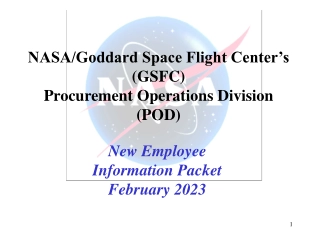
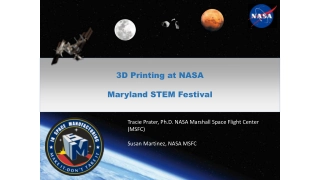
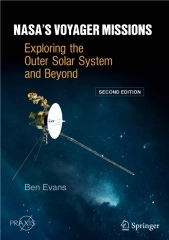
![❤Book⚡[PDF]✔ Doing the Impossible: George E. Mueller and the Management of NASA’](/thumb/21684/book-pdf-doing-the-impossible-george-e-mueller-and-the-management-of-nasa.jpg)
